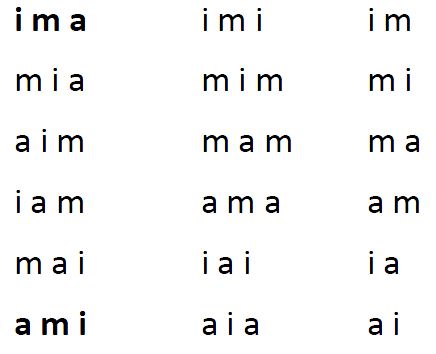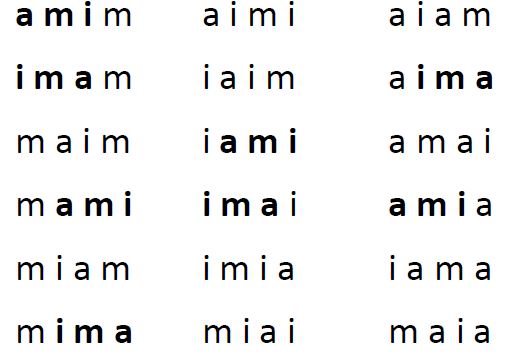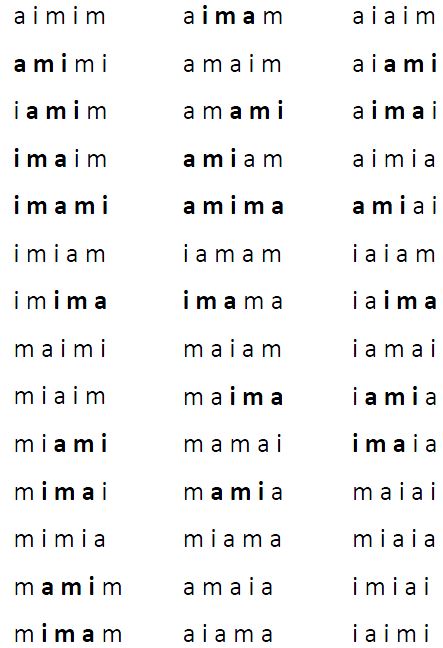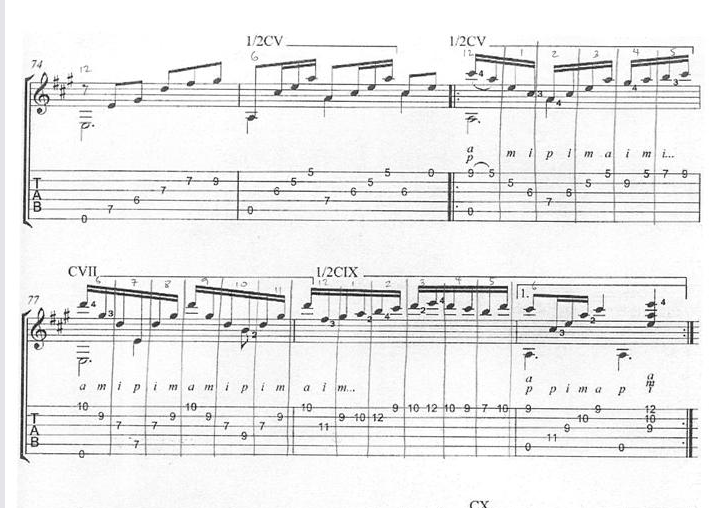|
kitarist -> RE: For arpegio freaks (Jul. 8 2022 18:20:38)
|
quote:
ORIGINAL: mark indigo
quote:
Guajiras de Lucia has a bunch of (ap)mipima patterns and amipima as well.
What I have found difficult in this passage (I have learnt and forgotten the first half of Guajiras de Lucia it a couple of times - never gotten beyond this falseta[:@]) is the left hand, the left-right co-ordination, and the switch from arpegio to picado (yeah, I know, the first bit of scale in bar 76 is sin apoyando[;)]) - at the speed I can manage those things (er.... pretty slow!) I find the the actual arpegios really easy.
The hardest part of the falseta for me is what comes next after the repeat, the high D maj chord - I've never been able to get the notes off that chord on 1st string 10th fret to 2nd string 14th fret clean consistently, and I've tried both full bar on D at 10th fret as Paco does in video, and half bar that some cover versions use.
I have lots of insights and suggestions about all that as I have been using that piece as a stretch goal (and inspiration) for the last 5 years in terms of diagnosing and correcting bad technique and improving good technique. The goal being playing it well at its studio recording speed, 104 bpm or so, WITH capo on first fret. If you are interested, maybe we can continue the Guajiras-specific stuff in Ramzi's Guajiras thread: http://www.foroflamenco.com/tm.asp?m=194802 .. or here is OK too since I now referenced that thread and people can go read there as well.
|
|
|
|




